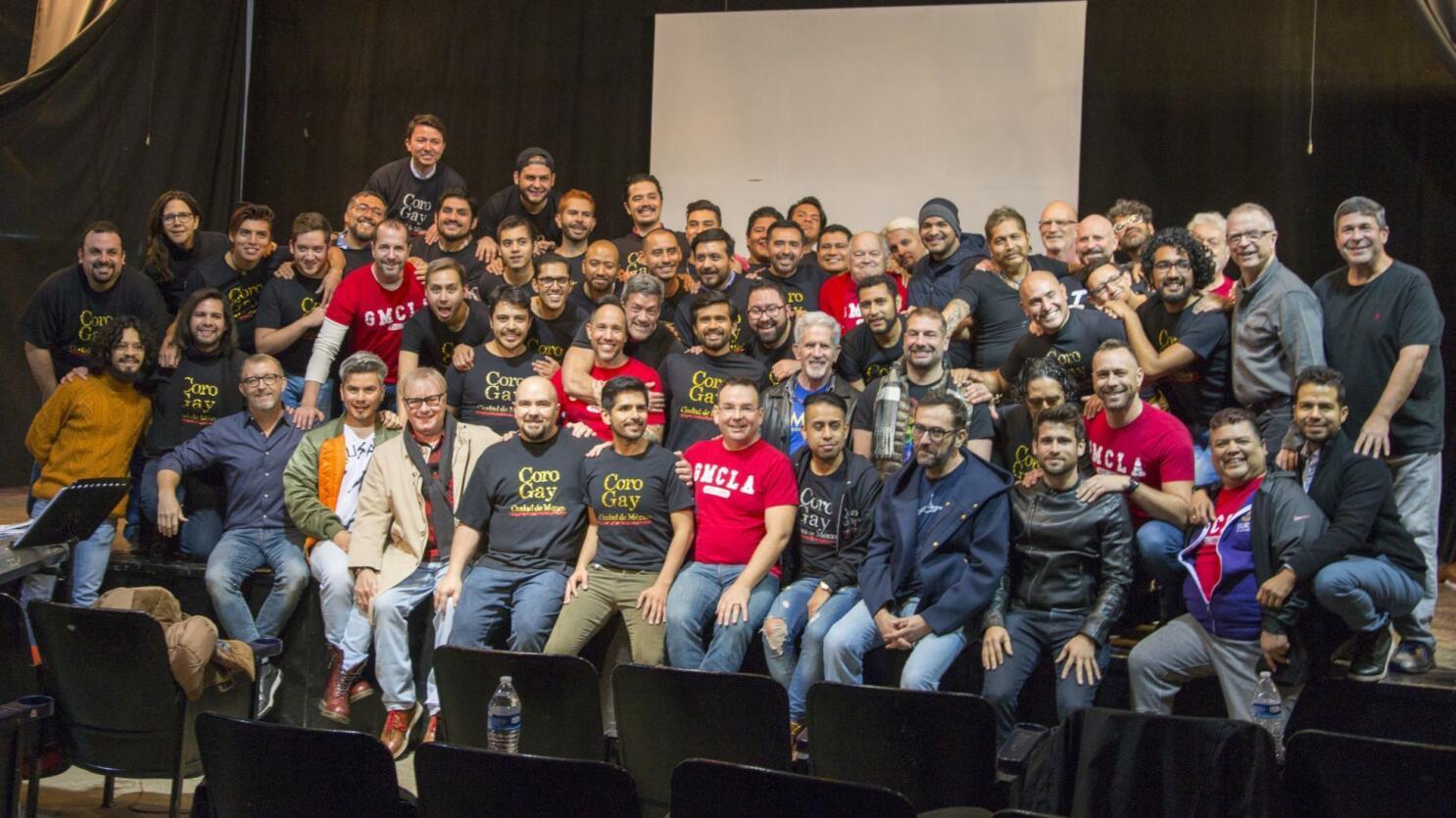By GALA Expert
October 13, 2023
Here are recommendations for how you can make solid repertoire choices and explore differing human perspectives – various voices, world views and identities in your artistic planning.

Performing music from the Global Majority, or from a culture or community that is not familiar to your chorus or Artistic Director takes extra preparation, research and sensitivity. Here are recommendations for how you can make solid repertoire choices and explore differing human perspectives – various voices, world views and identities in your artistic planning.
Be sure to check out the webinar video on this topic at the bottom of this page featuring Kimberly Waigwa, Anthony Cabrera and Kathleen Hanson.
Research and Planning
- When programming music from a culture that is not familiar to you as director, or to most singers in your chorus, here are some questions to consider:
- Why are you selecting this particular song, and how does it honor the culture in which it was created?
- How will you as director, and your chorus, devote time to learn about the culture and context of this music?
- Seek out and purchase music composed and arranged by individuals rooted in that culture, or at least those who have studied and understand the culture from which they are writing.
- Check out GALA’s Music from Composers Who Reflect our Community for assistance in exploring new scores and composers.
- Artistic Directors: Plan your score and rehearsal preparation with the same diligence as you would in understanding the text, craft and form of a western classical music composition. Research all aspects of the piece. Be curious. What is the language? What stories and/or historical context accompany the piece – indigenous, sacred, colonization, celebration, identity, peace, community, etc? What is the sub-text? What role would this piece play in the culture from which it originated?
- Understand the difference between cultural appreciation and cultural appropriation. Program not from a place of political correctness, but with a mindset of context and relevance. Program with an appreciation and deep understanding of the music.
Make sure it is appropriate to present a song outside of its original community or context. Consider not only performance practices – staging of ensemble, vocal production – but visual presentation (attire / costuming). - In finalizing repertoire choices, consider whether you may have included any repertoire that might disrespect or trivialize a particular culture or community.
Rehearsal and Education
Educate yourself, then the chorus, then the audience.
- Educate yourself as Artistic Director through research but also through communication with someone who can serve as “culture bearer” for the style of work you are performing. Zoom is an excellent resource if you do not have a culture bearer nearby. Compensate these artist experts.
- If you have a culture-bearer in your chorus who is willing to assist the chorus in authentically teaching the musical style, language, and culture nuance of the piece, consider how these singers can be supported – financially and/or emotionally – for the labor of representing their culture and aiding the director and chorus.
- If you do not have a culture-bearer in the chorus, find one and compensate them generously. An in-person or zoom session can be so valuable to both you and the chorus. Know that ultimately it is the responsibility of the Artistic Director to provide on-going and consistent education for your chorus, as well as to foster communication, genuine curiosity and enthusiasm.
- Focus on authentic style including vocal tone, vowel shape, articulation, phrasing, expression, instrumentation, and movement.
- For example, not every West African song is intended to be accompanied by a drum, or to utilize movement or clapping. Not every hispanic community uses “Olé” or ”ay, ay, ay” as expressions of joy or approval.
- Is it appropriate to add harmony, or is the song intended for unison singing?
- Examine assumptions about choral genres. Try to have at least cursory knowledge and understanding of a broad range of music as well as musical and historical contexts – from Renaissance to Contemporary. Examine what music tends to be perceived as white music (i.e. classical = white). Some things to consider might be:
- What characteristics of the music might be idiomatic versus non-idiomatic? Or what characteristics of the music might stem from indigenous/cultural roots, what is brand new from the mind of the composer, and what ascribes to the Western European traditions?
- How have these genres/categorizations been influenced by history? (i.e. ethnically diverse regions, products of colonization and the blending of elements of Western Europe and the global majority, culture and/or religious traditions, etc.)
- What myriad of influences have gone into the composition?
Example: Ariel Ramirez’s Misa Criolla. Traditional mass structure (Kyrie, Gloria, Credo etc.) with the infusion of folk elements taken from the musical and dance traditions/rhythms of the gaucho, nomadic mestizos people, and the criollo people. (Kyrie = vidala-baguala; Gloria = carnavalito and yaravi; Credo = chacarera trunca).
- Immerse yourself. When learning music from the Global Majority, you might coordinate a small group of singers to attend an event in a community in which the music is traditionally performed.
- Be open, ready to listen, and to learn.
- Communicate with the organization or community ahead of
- Prepare your singers to be mindful of their assumptions, “standards”, and actions.
- Be aware that you will have a greater understanding when you leave, but that does not make you a leader or expert.
- Be prepared for the organization and/or community responses to range from extraordinary welcome to declining your visit.
- Never make the assumption that teaching you and your singers (even through observation and light interaction) is always welcome. No group or individuals within a culture are representatives of the entirety of the culture nor are they obligated to educate you.
Performance
- Be intentional about who is featured on stage. Hire soloists, instrumentalists and guest artists who can authentically perform the music you are programming.
- Explore ways to educate your audiences about the music you are performing and what you have learned: program notes, stories from the stage, visual components, notes on the concert webpage, pre-concert “meet the composer” interview or Q&A with the artistic director or guest artist, .
- Be creative – perhaps donate a percentage of ticket sales to a non-profit organization or Global Majority community connected to your concert theme or repertoire.
